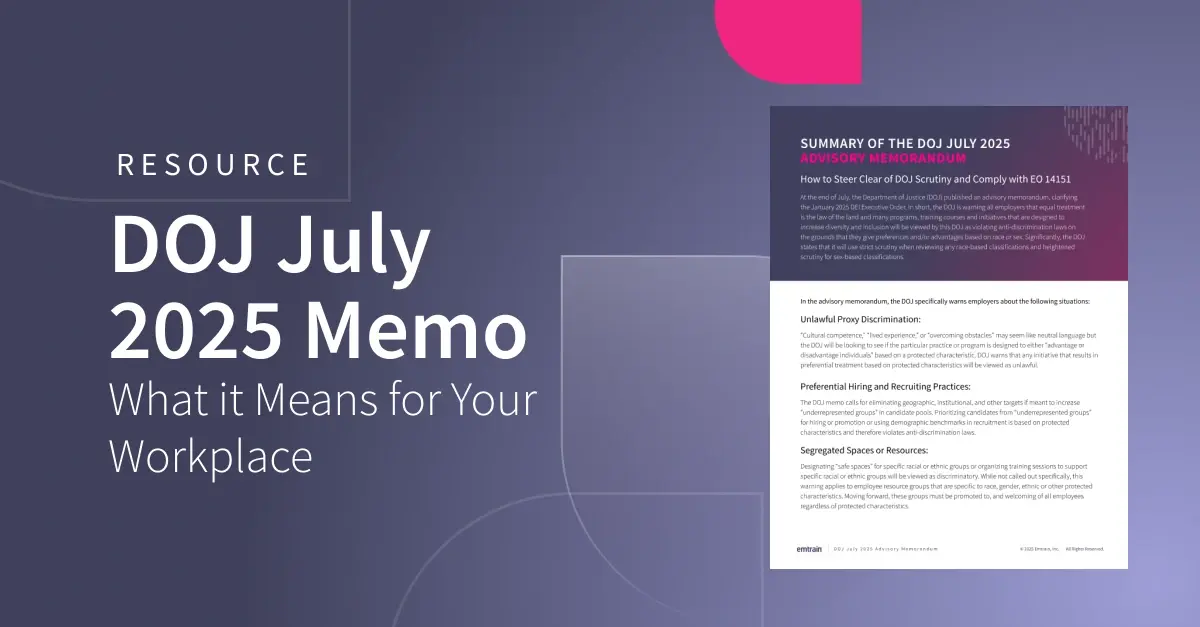Firing, terminating, laying off or letting go—however you want to phrase it—telling a team member that they no longer have a role at your company is never easy, regardless of the reason.
Even if your employees are “at-will,” your company still needs to approach any employee terminations with the proper care and consideration to avoid conflict or potential legal backlash. And more important, a company truly committed to a healthy, equitable and respectful workplace culture, should focus on fairness and courage, not fear and compliance, when making termination decisions. There are many factors at play when deciding whether to terminate an employee, and the delivery of this news is just as important as the reasons for the decision.
With these intricacies in mind, we created this six-step checklist for your team to ensure you are conducting lawful and fair employment terminations, and that you’re communicating your decisions in a respectful manner that leaves the employee with a sense of dignity.
Designed as a follow-up to our Lawful Terminations Guide, this checklist is designed for the convenience of your team, allowing them to easily assess any key considerations for an employee termination.
Download the checklist today to know whether you’re conducting your terminations in a responsible way. Areas we address include:
- Questions your team should ask to determine if there is a legitimate reason to fire an employee, including whether there is a business-related reason for the termination and whether there are documented performance evaluations supporting the reason for termination
- Considerations to ensure consistency in your termination decisions, such as if a termination is consistent with company policy or past practices
- How to properly handle a termination conversation, and the language that you should use when firing an employee
- Safe alternatives to termination for when a termination may be unjustified
- Ways to anticipate and pre-emptively address any claims that arise because of an employee’s termination
Research shows that employees most often sue not because of what was done (a negative employment decision), but because of how it was done (a perception of fairness, the sense that the company followed a process and treated the employee in an even-handed way, and communicated the bad news with care and compassion). This checklist provides a reminder that fairness, transparency and effective communication are the keys when making termination decisions.




